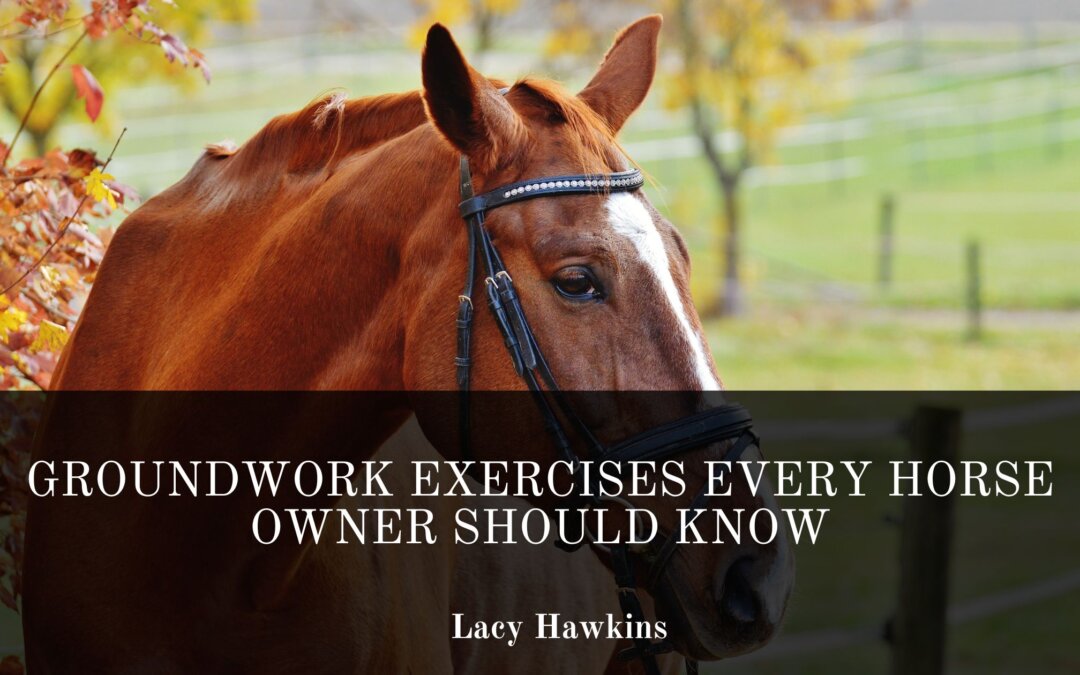Groundwork is a fundamental aspect of horse training that strengthens the bond between horse and rider while building trust, respect, and communication. By mastering groundwork exercises, horse owners can improve their horse’s manners, responsiveness, and overall well-being. Here are key groundwork exercises every horse owner should incorporate into their routine:
Leading and Halting
Teaching your horse to lead calmly and halt on command is essential. Start by walking beside your horse at the shoulder, maintaining a steady pace. Use light pressure on the lead rope to guide your horse and reward them when they respond correctly. Practice halting frequently, ensuring your horse stops promptly and stands still until given the cue to move.
Backing Up
Backing up teaches your horse to respect your personal space and enhances their responsiveness to cues. Stand in front of your horse and use gentle pressure on the lead rope or a light tapping motion on their chest to encourage backward movement. Combine this with a verbal cue like “back.” Praise your horse as soon as they take a step back.
Lunging
Lunging helps your horse release energy, improve balance, and respond to voice commands. Attach a lunge line to your horse’s halter and stand in the center of a circle. Use your body language, voice cues, and a lunge whip to guide your horse in walk, trot, and canter transitions. Focus your efforts on maintaining a steady rhythm and smooth transitions.
Yielding to Pressure
Teach your horse to move away from light pressure applied to their sides, hindquarters, or shoulders. This exercise improves their flexibility and prepares them for ridden work. Use gentle pressure with your hand or a training stick, rewarding the horse when they yield in the desired direction.
Desensitization
Expose your horse to various stimuli, such as tarps, flags, or plastic bags, to build their confidence and reduce spookiness. Introduce new objects gradually and allow your horse to explore at their own pace. Reward calm behavior to reinforce their trust in you.
Circling or Groundwork Patterns
Leading your horse through simple patterns, like figure-eights or serpentines, improves their focus and responsiveness. Use these exercises to keep your horse mentally engaged while fine-tuning your control and communication skills.
Standing Tied
Teaching your horse to stand tied patiently is a crucial skill. Begin with short sessions in a safe, controlled environment. Gradually increase the duration, rewarding your horse for standing calmly without pulling or fidgeting.
Groundwork lays the foundation for a respectful and harmonious partnership between horse and handler. By practicing these exercises consistently, you’ll build a more confident, well-mannered horse and strengthen your connection both on the ground and in the saddle.
